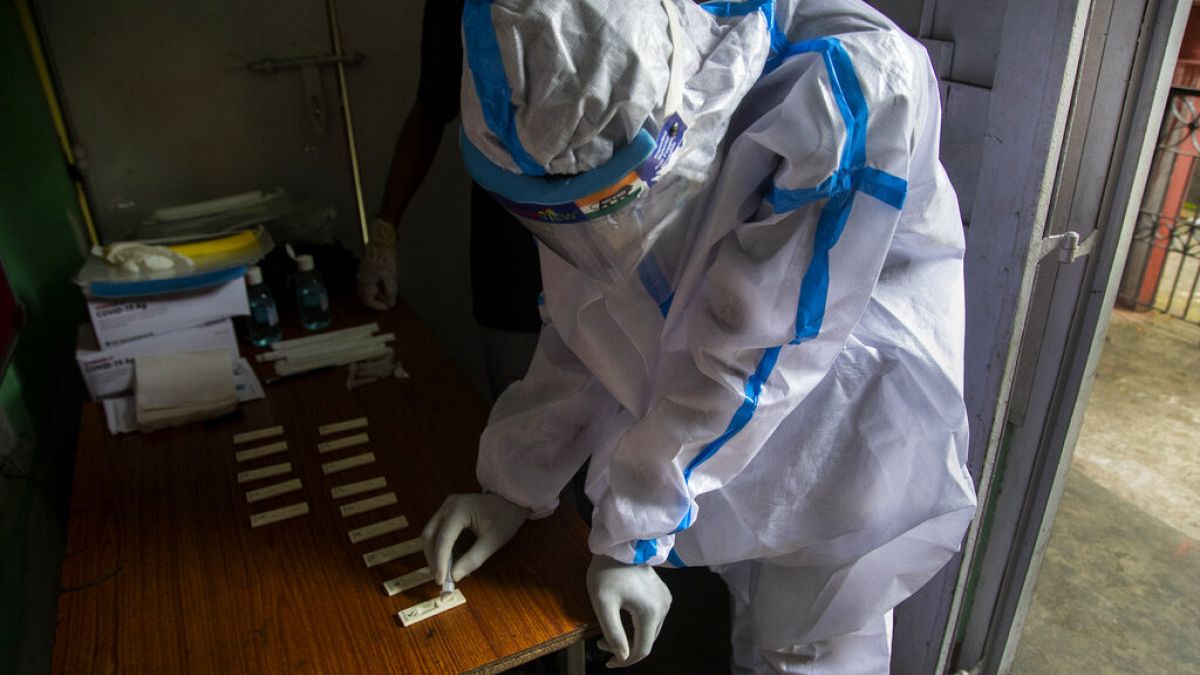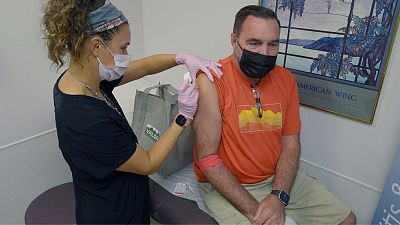The World Health Organization believes that one of more than 30 known pathogens could cause the next pandemic. Several are already present worldwide.
COVID-19 may have felt like a once-in-a-lifetime pandemic, but the pathogen behind the world’s next global health crisis is likely already on scientists’ radar.
The World Health Organization (WHO) monitors “priority pathogens” that could cause major disease outbreaks in people, can lead to serious illness, and have limited medical interventions to prevent widespread harm. If a pathogen emerges that hits the right combination, it could cause an international health emergency or a global pandemic.
The WHO says researchers should prioritise these pathogens when developing vaccines, treatments, and diagnostics.
For this year’s report, more than 200 scientists from 54 countries analysed evidence for 1,652 pathogens – both viruses and bacteria – and flagged 33 of them as pandemic-level risks, up from 10 in the 2018 edition.
“The global health landscape is subject to constant evolution, with the potential emergence of new pathogens and evolution in the threat levels posed by existing ones,” the report said.
The new priority pathogens this year include the virus that causes mpox, a strain of cholera, and two rodent viruses that have spilt over to people.
While some of this year’s priority pathogens are concentrated in particular regions, others are already present across the globe.
Here are the seven pathogens that can be found in all six WHO regions in 2024.
Influenza A viruses
This group of flu viruses includes H1N1, which caused a swine flu pandemic in 2009, and H5, the bird flu that broke out among cows and dairy workers in the US this year. Experts have warned that “Disease X” – a hypothetical term for a new disease that could cause a pandemic – is likely to emerge from a flu virus.
Sarbecoviruses (or SARS-related coronaviruses)
This is the umbrella term for the viruses that caused the SARS outbreak in the early 2000s, the MERS outbreak in the 2010s, and the global COVID-19 pandemic in 2020. Going forward, the WHO says coronavirus pathogen surveillance should consider potential animal hosts, which were key to the early spread of these outbreaks.
Monkeypox virus
The virus that causes mpox led to a global health emergency in 2022, but it’s been endemic for years in parts of Central Africa. A more dangerous strain is now circulating in the Democratic Republic of the Congo (DRC), and WHO Director-General Tedros Adhanom Ghebreyesus said this week that he is considering naming the mpox outbreak a public health emergency of international concern (PHEIC).
Dengue viruses
Dengue fever is a mosquito-borne viral disease that can be symptomless, but can also cause severe illness leading to hospitalisation or death. People in Southeast Asia and the Western Pacific region are at higher risk due to their tropical climates, but dengue viruses are found across the globe.
Klebsiella pneumoniae
Klebsiella pneumoniae is a normal form of bacteria in the intestines, but if it spreads it can get people sick. It typically spreads through person-to-person contact or infected equipment in hospitals or other healthcare settings and can cause pneumonia, meningitis, bloodstream infections, and wound or surgical site infections. Health experts worry about Klebsiella because some bacteria are becoming “superbugs,” meaning they’re resistant to antibiotics.
Non-typhoidal Salmonella enterica serovars
Salmonella bacteria can spread through unsafe food or person-to-person contact, and cause diarrhoeal diseases that can be particularly serious for young children. Many serotypes are fairly common, but some cause invasive, life-threatening disease. Several vaccine candidates are in early-stage clinical trials to treat these bacteria.
Lentivirus humimdef1
While this virus is classified as having a medium risk level for causing a global emergency, it can jump species and has “delayed but devastating symptoms,” the WHO said. There are no vaccines yet, but antiviral treatments are effective. It’s particularly important in the African region.















